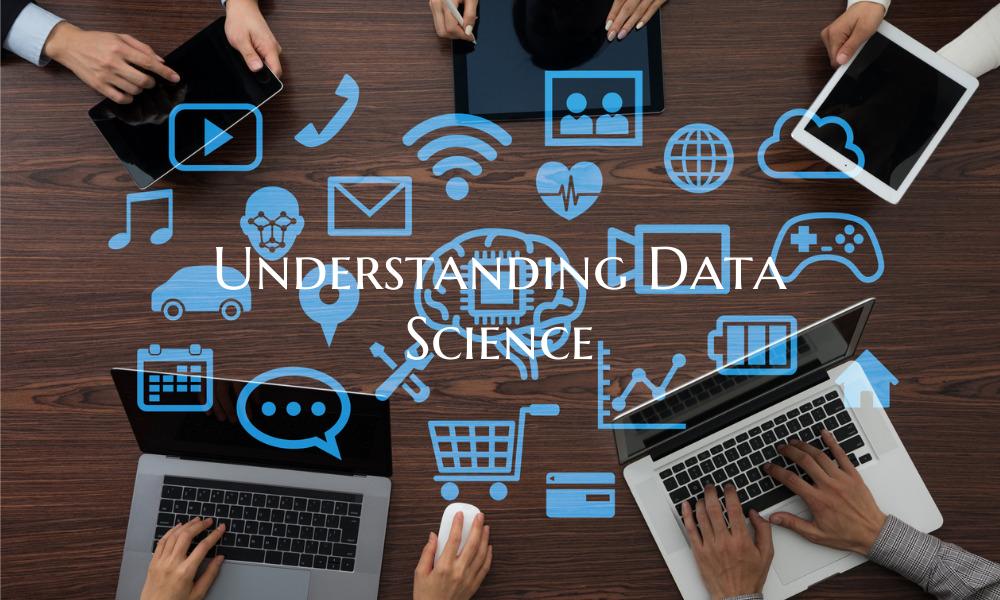Understanding Data Science
Data science is a multidisciplinary field that involves the use of various techniques, algorithms, and systems to extract insights and knowledge from data in various forms. It combines elements of statistics, computer science, and domain-specific knowledge to uncover patterns, trends, and relationships that can be valuable for decision-making and problem-solving.
At the core of data science is the process of collecting, cleaning, and analyzing data to derive meaningful insights. This process typically involves the following key steps:
1. Data Collection: Data can be collected from various sources such as databases, sensors, social media, and more. Ensuring the quality and relevance of the data is crucial for accurate analysis.
2. Data Cleaning: Raw data often contains errors, inconsistencies, and missing values that need to be addressed before analysis. This step involves removing outliers, standardizing formats, and imputing missing values.
3. Exploratory Data Analysis (EDA): EDA involves visually exploring the data to understand its characteristics, distributions, and relationships between variables. This step helps data scientists identify patterns and insights that can guide further analysis.
4. Feature Engineering: Feature engineering involves selecting, transforming, and creating new features from raw data to improve the performance of machine learning models. This step is crucial for building accurate predictive models.
5. Modeling: Modeling involves applying statistical and machine learning techniques to train algorithms on data and make predictions or decisions based on patterns identified during the analysis. Common techniques include regression, classification, clustering, and more.
6. Evaluation: Once a model is trained, it must be evaluated to assess its performance and generalization to new, unseen data. Metrics such as accuracy, precision, recall, and F1 score are commonly used to evaluate model performance.
7. Deployment: The insights and models derived from data science projects need to be integrated into operational systems for real-world applications. This involves deploying models into production environments to make automated decisions or recommendations.
Data science is used across a wide range of industries and applications, including finance, healthcare, marketing, and more. By leveraging data science techniques, organizations can gain a competitive edge, optimize processes, and make data-driven decisions.
In conclusion, understanding data science involves a combination of technical skills, domain knowledge, and critical thinking to extract meaningful insights from data. By following a systematic approach to data analysis and modeling, data scientists can unlock the value hidden within large datasets and drive innovation across various fields.

